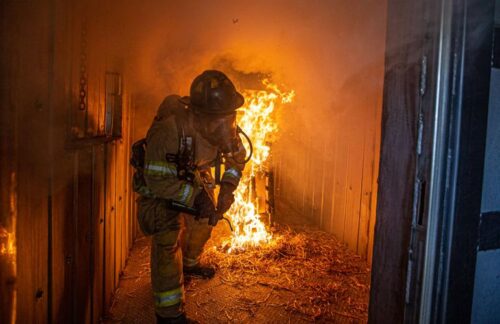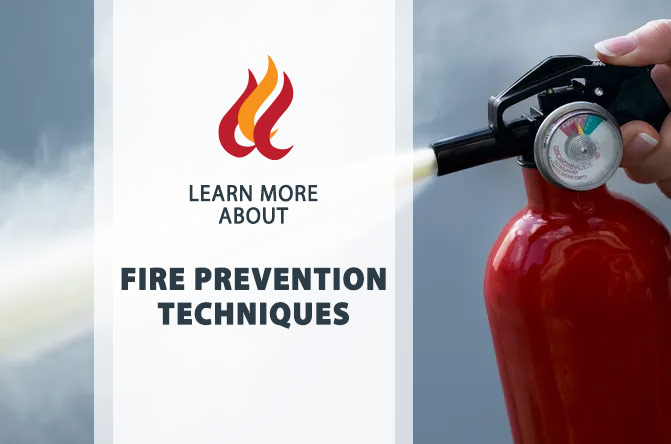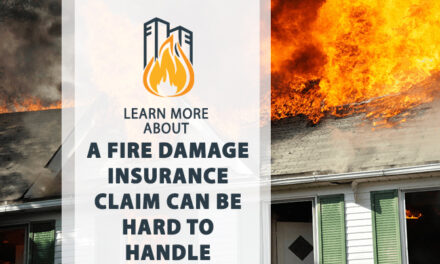
Fire Prevention Techniques
Fire Prevention Techniques for Residential Properties

Fire Prevention Techniques
Owning a residential property comes with the responsibility of ensuring the safety of your family members. One critical aspect of home safety is fire prevention. Fires can strike unexpectedly, and being prepared is essential to protect your loved ones and your property. In this article, we will discuss key fire prevention techniques that every homeowner should implement.
Creating a Home Fire Escape Plan
A well-thought-out home fire escape plan is the cornerstone of fire prevention. It ensures that everyone in your household knows what to do in case of a fire emergency. Here are the steps to create an effective escape plan:
- Draw a Map: Start by drawing a floor plan of your home. Mark all exit points, including doors and windows that can be opened easily.
- Identify Escape Routes: Identify multiple escape routes from each room. Keep in mind that a primary exit may be blocked in the event of a fire.
- Install Smoke Alarms: Ensure that smoke alarms are installed in key areas of your home, especially in or near bedrooms. Test them regularly and replace batteries as needed.
- Set a Meeting Point: Designate a safe meeting point outside, away from the burning building. This is where everyone should gather once they’ve safely escaped.
- Practice Your Home Fire Escape Plan: Regularly conduct fire drills with your family to ensure everyone is familiar with the escape routes and meeting point. Practice crawling low to avoid smoke inhalation.
Equipping Your Home for Safety
To bolster your fire prevention efforts, it’s essential to have the right equipment in your home. Here are some items you should consider:
- Smoke Alarms: As mentioned earlier, smoke alarms are crucial. Install them on every level of your home and inside every bedroom. Test them monthly and replace batteries at least once a year.
- Fire Extinguishers: Keep fire extinguishers in easily accessible locations, such as the kitchen and garage. Make sure everyone in your household knows how to use them correctly.
- Escape Ladders: If your home has multiple stories, invest in escape ladders. These portable ladders can be attached to windows, allowing you to safely escape from upper floors in case of a fire.
- Security Bars: While security bars on windows can deter burglars, they can also trap you in case of a fire. Ensure that your security bars have a quick-release mechanism that allows for easy escape.
Planning for Evacuation
In the event of a fire, time is of the essence. Here are some additional tips to consider for a safe evacuation:
- Know Your Local Fire Department: Be aware of the location of your nearest fire department and its contact number. This information can be crucial in case of emergencies.
- Maintain a Safe Distance: Stress the importance of maintaining a safe distance from the burning building. Emphasize that belongings can be replaced, but lives cannot.
- National Fire Protection Standards: Familiarize yourself with the National Fire Protection Association’s guidelines for home fire safety. These standards provide valuable insights into best practices.
Additional Fire Prevention Tips
To enhance your fire prevention efforts further, consider these practical tips:
- Keep Flammable Items Secure: Store flammable materials, such as gasoline and propane, in well-ventilated areas away from the house.
- Regular Maintenance: Regularly inspect and maintain heating systems, chimneys, and electrical wiring. Faulty equipment can increase the risk of fires.
- Cooking Safety: Practice safe cooking habits by never leaving the stove unattended and keeping flammable materials away from the burners.
- Overnight Guests: If you have overnight guests, ensure they are aware of your home fire escape plan and the location of smoke alarms.
- Fireplace Safety: If your home has a fireplace, use a screen to prevent sparks from escaping and keep flammable objects at a safe distance.
- Candles and Open Flames: Never leave candles or open flames unattended. Keep them away from curtains, papers, and other flammable materials.
- Children and Fire Safety: Teach children about the dangers of fire and the importance of not playing with matches or lighters.
Conclusion
In conclusion, fire prevention techniques for residential properties are essential for the safety of your family and your home. By creating a home fire escape plan, equipping your home with the right safety equipment, and following additional fire prevention tips, you can significantly reduce the risk of a devastating fire. Remember, preparation and vigilance are key to safely escaping a fire emergency.
For fire restoration services, trust Del Mar Builders, a top-notch fire restoration company. Contact them at 800.298.0900 for immediate assistance in restoring your property after a fire.
By following these guidelines and implementing these fire prevention techniques, you can safeguard your residential property and provide peace of mind for you and your loved ones. Fire prevention is a shared responsibility, and being prepared can make all the difference in an emergency.




